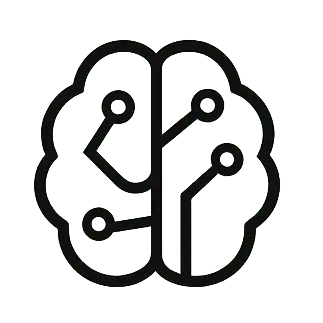TLDR: RARE-UNet is a novel deep learning architecture for medical image segmentation that intelligently adapts its processing based on the input image’s resolution. By using ‘multi-scale gateway blocks’ and resolution-aware routing, it efficiently processes images of varying resolutions, achieving high accuracy and significantly faster inference times, especially for lower-resolution scans. This makes it a robust and practical solution for diverse real-world clinical data, outperforming traditional UNet variants and nnUNet in multi-resolution scenarios.
Accurate medical image segmentation is a vital process in clinical applications, helping with everything from developmental studies to diagnosing diseases and planning treatments. However, a common challenge in real-world clinical settings is the variability in image resolution and quality. Traditional deep learning models, especially popular ones like UNet, are often designed to work with fixed, high-resolution inputs. When faced with lower-resolution data, their performance can significantly drop, and common pre-processing steps like resampling can even degrade image quality by losing small details or introducing artifacts.
To tackle this limitation, researchers have introduced RARE-UNet, a new multi-scale segmentation architecture designed to dynamically adjust its processing path based on the spatial resolution of the input image. This innovative model aims to provide consistent and accurate segmentation results across a wide range of resolutions, from high-quality scans to those with lower clarity.
How RARE-UNet Works
At its core, RARE-UNet extends the well-known 3D UNet architecture. The key innovation lies in its ‘multi-scale gateway blocks’ (MSBs). These blocks act as smart entry points, allowing inputs of different resolutions to enter the network at depths that match their spatial resolution. For instance, a full-resolution image starts at the very first layer of the network, while a lower-resolution image (like 1/2, 1/4, or 1/8 scale) can bypass the initial layers and be injected directly into deeper parts of the network through an MSB.
This ‘resolution-aware routing’ mechanism is crucial. It means the model doesn’t waste computational resources processing low-resolution images through layers that are designed for fine details. Instead, it activates only the semantically relevant network pathway, optimizing efficiency. Each resolution path within RARE-UNet also has its own dedicated segmentation output, allowing for independent predictions and supervision during training.
Training and Inference
During training, RARE-UNet is exposed to various downsampled versions of input images. A ‘consistency loss’ is used to ensure that the features generated by the MSBs for lower-resolution inputs align well with what the full encoder would produce at that depth. This helps the model learn robust representations across different scales. At inference time, the model automatically detects the input image’s resolution and routes it through the appropriate MSB, skipping unnecessary computations and significantly reducing processing time.
Also Read:
- Unlocking Detailed Breast MRI Insights with BreastSegNet
- New AI Model Enhances Aneurysm Blood Flow Analysis for Better Diagnostics
Performance and Efficiency
RARE-UNet was evaluated on two benchmark brain imaging tasks: hippocampus and brain tumor segmentation. The results were impressive. For hippocampus segmentation, RARE-UNet achieved the highest average Dice score (a common metric for segmentation accuracy) of 0.84 across all resolutions, outperforming standard UNet, its multi-resolution augmented variant, and even the state-of-the-art nnUNet. It also showed lower variation in performance across scales, indicating greater consistency.
Similarly, for brain tumor segmentation, RARE-UNet consistently outperformed baselines at lower resolutions and achieved the highest average Dice score of 0.65 across all scales. While nnUNet might show slightly higher accuracy at full resolution (partially due to its patch-based strategy), RARE-UNet demonstrated superior structural consistency across tumor subregions and, crucially, offered significant computational savings.
The efficiency gains are notable: for brain tumor segmentation, halving the spatial resolution allowed RARE-UNet to achieve a four-fold speedup in inference time without a significant drop in accuracy. This dynamic adaptation makes RARE-UNet highly promising for real-world clinical workflows where image resolution can vary due to different acquisition protocols or hardware limitations.
The code for RARE-UNet is publicly available for further exploration and use. You can find more details in the full research paper: RARE-UNet: Resolution-Aligned Routing Entry for Adaptive Medical Image Segmentation.


